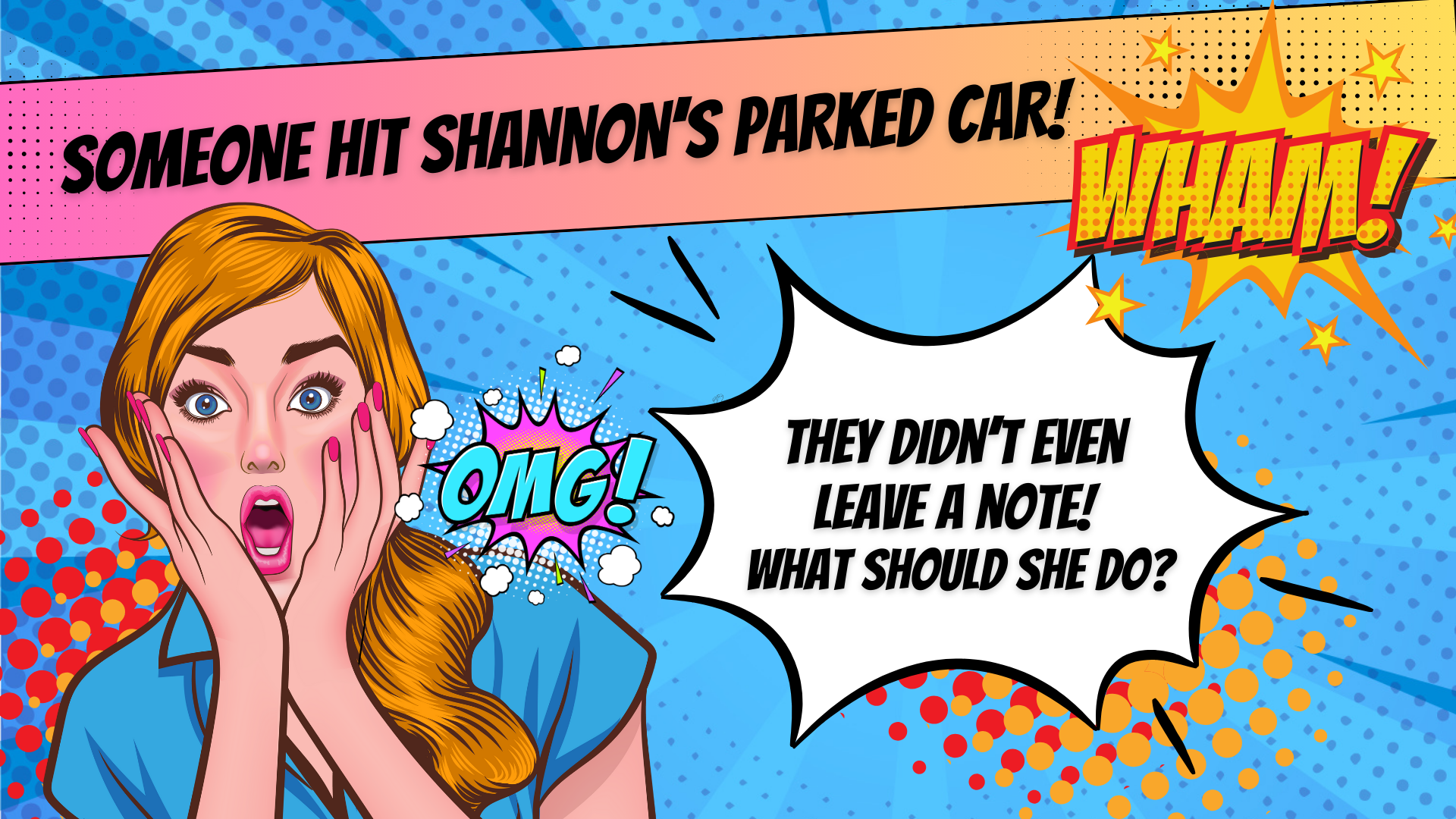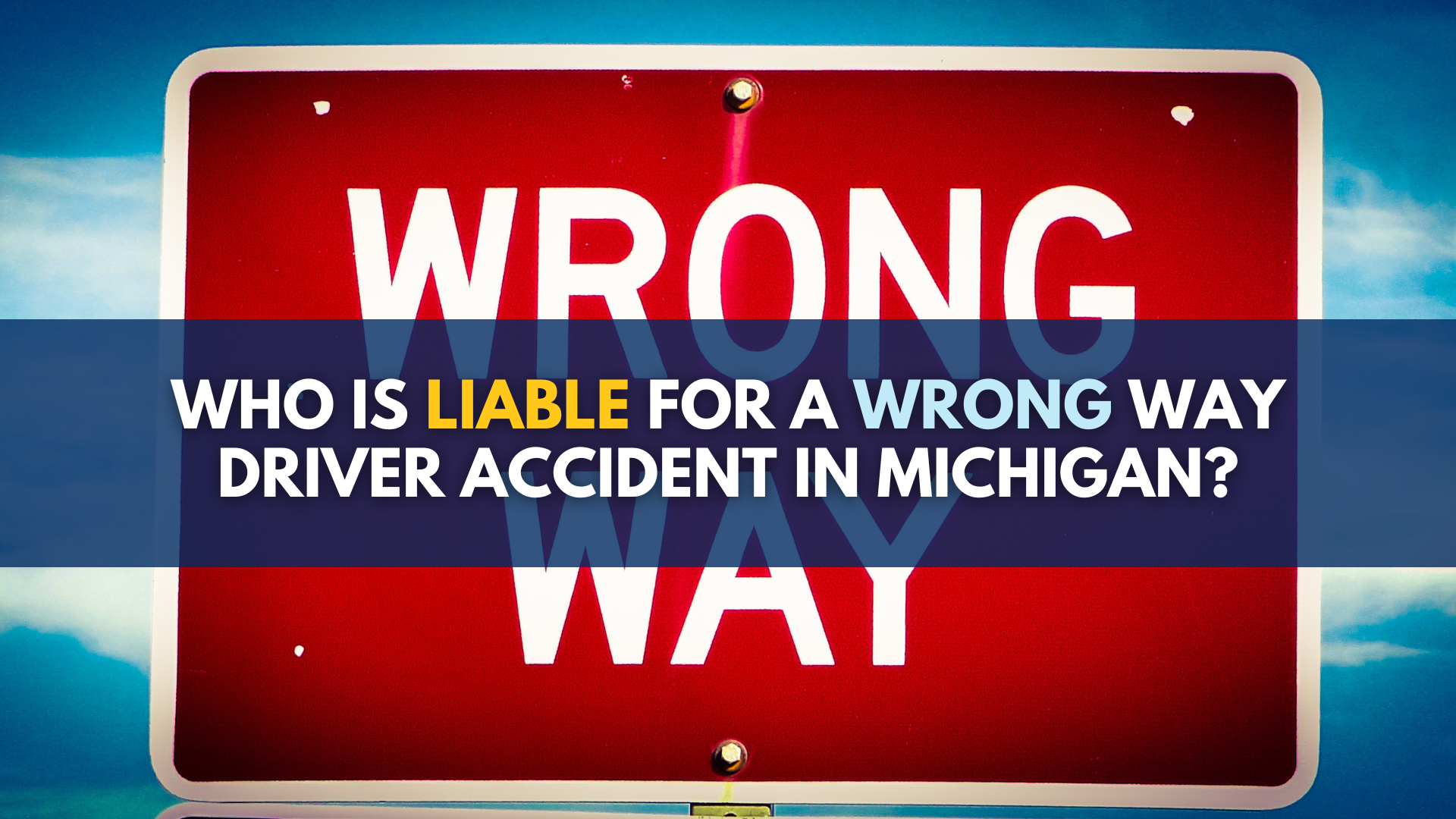How many thousands of innocent and seriously hurt people lose everything because of so-called “independent medical exams,” such as this example by Michigan psychiatrist Dr. Rosalind Griffin?

Update: To see the latest on this story, read my February 17 blog post, “Attorney’s blog constitutes protected free speech under state and federal constitutions” and my Jan. 25, 2016 blog post: “Sticks and stones and…attorney disbarment? Will the First Amendment lose out when IME doctor files grievance to conceal her testimony in injury case from the public?”
Yesterday, I wrote about how thousands of seriously injured people around the U.S. every year sometimes lose everything, because of insurance company doctors who perform “IME hatchet jobs” for auto insurance and workers compensation companies. And I wrote about how our civil litigation system today creates incentives for insurance companies and smart defense attorneys to use these IME doctors (the more extreme and notorious the better) as a way to save enormous amounts of money on claims for seriously hurt people who often are completely depending on obtaining No Fault and workers compensation benefits.
These IME doctors do enormous damage to people, and they get away with it time and time again.
But maybe not every time. Today I’ll discuss my cross-examination of Dr. Rosalind GriffinTRANSCRIPT – Dr. Rosalind Griffin (00255796), who many attorneys regard as a rather notorious IME doctor in Michigan.
Dr. Griffin was hired by the defense attorneys for the trucking company to do a one-time examination, write a report and then testify about my client, Mr. Fairley, “for the purpose of determining whether, and to what extent, his motor vehicle accident of April 4, 2008, is related to his complaints of emotional injuries and chronic pain.”
Decide for yourself whether my top 9 “hatchet job” tactics were used by Dr. Griffin in my case:
1. Did Dr. Griffin write in her report that my client made admissions that he was improving — statements that he never made?
Did Dr. Griffin lie in her IME report and during her videotaped deposition by specifically claiming Mr. Fairley made “statements” to her that “he has been improving” or that “he has improved”? (Pages 20-21, 24-25, 52-54) If so, this would have been enormously helpful to the trucking company. After all, they would have had to pay far less money to fairly compensate someone who was “improving” than they would to someone who was still painfully disabled.
But a medical doctor, even one that is making vast amounts of money for insurance companies and workers compensation carriers, would never do this, right?
Dr. Griffin had apparently forgotten that her IME appointment with my client had been recorded (to prevent exactly this from happening). When pressed to verify the “statements” about “he has improved,” Dr. Griffin said, “I don’t know that I can point that out in my notes.” (Pages 105/106)
She then said it was “my understanding” that Mr. Fairley made the “statement.” (Page 106) From there, did Dr. Griffin admit that if a jury watched the video recording of her IME of Mr. Fairley, then they would never hear Mr. Fairley’s supposed statements that he was improving?
It wasn’t a quote, she says. “Not a quote,” says Dr. Rosalind Griffin. “You won’t hear it in a quote.” (Pages 112/113)
Finally, when asked whether it was her “testimony under oath that Mr. Fairley ever told you he was improving …,” Dr. Griffin refused to answer “yes or no.” (Page 115)
2. Did Dr. Griffin fabricate imaginary medical conditions that my client never had, to justify a diagnosis that’s “safe” for the defendant trucking company and that would save the insurance company money?
Rather than acknowledging the severity of the traumatic brain injury that she had been hired to assess by the defense attorneys, Dr. Griffin chose to assign to Mr. Fairley the much more benign (from the insurance company’s perspective, anyway) diagnosis of a “general mood disorder … due to medical conditions.”
Bizarrely, the medical conditions that Dr. Griffin chose to base her diagnosis on were conditions that my client never had. (Pages 40-41, 45-47, 56-57) Although Dr. Griffin again claimed when confronted by this information came from my client, she later changed her story. (Pages, 43, 114)
3. Did Dr. Griffin blame chronic pain on medical conditions that don’t cause pain?
Dr. Griffin said my client was suffering “chronic pain” and she attributed his “chronic pain” to medical conditions that she used to justify her “general mood disorder” diagnosis. (Pages 40-41) Yet, by her own admission, Dr. Griffin said she didn’t know how – or if – those medical conditions actually caused or contributed to pain: “I don’t have a connection for that.” (Pages 44-47)
4. Did Dr. Griffin blame chronic pain on causes completely unrelated to the car accident?
Despite overwhelming medical evidence that, as a result of his April 2008 two-truck crash, my client suffered a closed-head injury, traumatic brain injury, abnormal memory and concentration, PTSD and a badly fractured and collapsed T12 vertebral body, as well as fractures to his mouth, shoulder and knee, Dr. Griffin insisted that Mr. Fairley’s nearly 30-year-old asymptomatic whiplash injury was causing Mr. Fairley’s “chronic pain.” (Pages 61-62, 64-65).
You can’t make this stuff up.
5. Did Dr. Rosalind Griffin ignore evidence of serious injuries that would support the treating physicians?
My client in this case had been hit by a truck. Actually, two trucks. The first truck rear-ended his car, and propelled him into the path of an oncoming truck that then smashed into him as well. As a result, he suffered a significant closed-head traumatic brain injury, with impaired memory and concentration; PTSD and a badly fractured and collapsed T12 vertebral body, as well as fractures to his mouth, shoulder and knee.
Yet, in reaching her conclusions that there was no evidence of a closed-head injury or a traumatic brain injury, Dr. Griffin mysteriously relied on medical conditions that Mr. Fairley did not have (and never had) and on a 30-year-old whiplash injury. When asked why she wasn’t assigning more weight to the objective fractures and other injuries that resulted from his April 2008 truck accident, Dr. Griffin answered: “I didn’t feel that they were pertinent to my analysis.” (Page 57)
Hmmm.
6. Did Dr. Rosalind Griffin choose to ignore unfavorable medical facts?
Dr. Griffin acknowledges repeatedly that she has no contrary evidence to account for the fact that my client was working every day until he was hit by the Defendant’s truck (and that he was never able to return to work after). She says she has “no medical records of [Mr. Fairley’s] condition before the motor-vehicle accident.” (Pages 45, 47-49, 64, 101)
This was no mistake.
The purpose of this common “head-in-the-sand” approach is to prevent an IME doctor from giving “causation” for an injury. It is very common in auto accident and workers compensation claims, where insurance doctors that perform these IMEs try to find something – anything – to blame the problems on, other than the subject incident that the insurance company would have to pay money out on. They also like to find old injuries, such as a 30-year-old whiplash injury, to blame someone’s pain on. By choosing to not review my client’s pre-accident medical records, there was no record evidence (at least, none that she’d have to include in her IME report) that could contradict Dr. Griffin’s claims that Mr. Fairley was suffering from medical conditions that were “existent at the time of the motor-vehicle accident …” (Page 50)
Note- this may not be entirely on Dr. Griffin. I’ve found many defense attorneys and insurance company adjusters choose not to give IME doctors certain medical records because it makes it more likely that doctor will be forced to conclude that the pain and injuries are from something other than the car accident or work injury that gave rise to the insurance medical exam.
7. Did Dr. Griffin use non-standardized tests that cannot be verified or scored?
Dr. Griffin said she was hired and paid by an insurance company to conduct a “mental status examination” of Mr. Fairley “for the purpose of determining whether, and to what extent, his motor vehicle accident of April 4, 2008, is related to his complaints of emotional injuries and chronic pain.” (Page 12)
Despite the enormous stakes involved for my client, Dr. Griffin used a “mental status examination” that is not “standardized” within the psychiatric profession and “doesn’t have a score.” (Page 76/77) That means the test cannot be validated and the reliability of the test cannot be measured or verified. No one can know how sensitive or specific it is to detecting what she claims is the ability of the test to measure.
And a test that cannot have a score cannot be objectively verified by an outside, third-party.
Notably, Dr. Griffin was paid $4,500 for the IME and $3,500 for her testimony at the deposition. (Page 16). Not bad for a day’s work finding someone had made a dramatic “improvement” (see No. 1, above) and who suffered from a lot of pre-existing but also imaginary medical conditions that have nothing to do with getting hit by two trucks.
8. Did Dr. Griffin misrepresent the results of medical and diagnostic testing?
During her mental-status examination of my client, Dr. Griffin asked him a series of questions that were supposed to let Dr. Griffin know if my client was suffering from a traumatic brain injury. (Pages 66-75) One of the questions involved a mathematical exercise called the “serial sevens.” Noting that my client answered the question correctly (“without error” according to her IME report), Dr. Griffin said that was “significant” because “it shows that he did not have a traumatic brain injury …” (Page 69)
Yet, that wasn’t quite what happened (Pages 74-75).
Similarly, Dr. Griffin claimed that my client’s “sophisticated” interpretation of a proverb was “consistent with [her] diagnosis that he has no traumatic brain injury, not just at that point, but over a long period of time.” (Pages 69-70)
However, as it turned out (thanks to the recording of her IME exam), the “sophisticated” interpretation that Dr. Griffin supposedly quoted verbatim in her IME report was not what my client said.
The proverb that Mr. Fairley was asked to interpret was:
- “Even dragons wading across shallow ponds have snails nipping at their heels.” (Page 75)
In her IME report, Dr. Griffin wrote that my client gave the following interpretation that was so sophisticated that it showed that Mr. Fairley was not suffering from traumatic brain injury:
- “No matter how big you are you can still have problems.” (Page 75)
But here’s what he actually said, as recorded on the video of the IME:
- “No matter how big you are if you go across the pond snails will come after you or something.” (Page 75)
After being presented with the video recording of the IME, Dr. Griffin admitted that the actual proverb interpretation was “very different” from what she wrote in her IME report. (Page 75)
9. Telling the auto accident victim that ‘It’s all in your head.’
This is where a real double-standard comes in to play. For instance, Dr. Griffin had no problem taking my client at his word when he allegedly stated that he “was improving” or when he supposedly told Dr. Griffin about his “medical conditions” – even if he never said any such thing.
Yet, when she asks him about his pain, about his truck accident, and about how his life had changed for the worse; or when she asks him about his sadness, his depression, and how he was no longer able to live his normal life, and that he “hasn’t had a good day,” Dr. Griffin dismisses all of this. These are just his “perceptions.” (Pages 89, 92, 110)
Dr. Griffin may have got caught on this case.
But IME doctors, both in Michigan and throughout the country, are devastating peoples’ lives.
Innocent people are being hurt every single day by IME doctors. They are being denied No Fault insurance benefits or workers compensation benefits that they desperately need. Or, as here with my client who was hurt in this terrible truck accident case, he was facing the real possibility of losing everything. What if the jury believed what the IME doctor is saying over him?
What if the original IME was not recorded? Remember, after Muci v. State Farm, most judges are not allowing attorneys like myself to record these IME exams, no matter how notorious the IME doctor is.
I cannot imagine the bravery it took for my client to sit for a week in this trial. He knew he had never said these things. He was completely disabled, and in terrible pain every single day. But he had to sit there and hear a doctor tell a jury that he said he was improving. He could have lost millions of dollars, or been completely turned away by a jury – even though he could never work again.
Did Dr. Griffin commit fraud and violate her own code of ethics with the American Psychiatric Association?
See how she answered these questions and read her testimony, and then you can decide.
Because if he did not say those things to you, if he
14 never said he’s improving but the jury believed he did
15 because of your sworn testimony, the consequences for
16 Mr. Fairley could be catastrophic, couldn’t they?
17 A. No.
18 MR. OBRINGER: Objection, form and
19 foundation.
20 BY MR. GURSTEN:
21 Q. Well, the jury could unfairly turn him away or punish
22 him based upon your testimony that he said to you he’s
23 improving, couldn’t they?
24 A. No, they couldn’t. The trier of fact would assess —
25 would assess all of the conditions to determine his
Page 107
1 status. My role is to look at the psychiatric
2 portions.
3 Q. And is your role to put things in your report and to
4 testify about things that the person you are examining
5 has never said?
6 A. No, that’s not my role.
7 Q. If — if that were what you were doing and you’re
8 testifying about it, you would be committing perjury?
9 MR. OBRINGER: Objection; form, foundation,
10 argumentative.
11 BY MR. GURSTEN:
12 Q. I’ll take an answer.
13 A. You didn’t ask me a question.
14 MR. GURSTEN: Would you read it back,
15 please?
16 (The following requested portion of the
17 record was read by the reporter at
18 11:21 a.m.:
19 Q. If that were what you were doing and
20 you’re testifying about it, you would be
21 committing perjury?)
22 BY MR. GURSTEN:
23 Q. Isn’t that true?
24 A. As you stated, yes.
25 Q. And you’d also be committing fraud and you’d also be
Page 108
1 violating your code of ethics with your own
2 profession, the American Psychiatric Association?
3 MR. OBRINGER: Objection, form and
4 foundation.
5 BY MR. GURSTEN:
6 Q. Is that true, Doctor?
7 A. That’s true.
8 Q. Doctor, were you told by any of the lawyers or any
9 agent of Schiber Truck to put in your report or to
10 testify that Mr. Fairley said he is improving?
11 A. No.



2 Replies to “IME abuse? Read the transcript of Dr. Rosalind Griffin in a terrible truck accident case and decide for yourself”